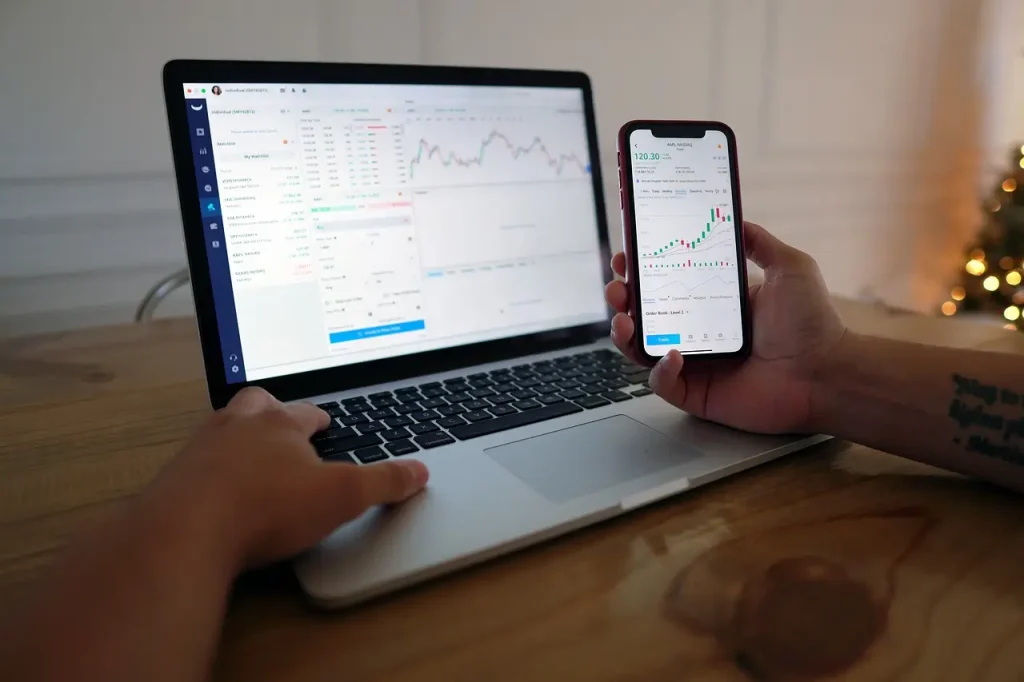The Relative Volatility Index (RVI) is a volatility-based momentum indicator that helps forex traders measure trend strength by analyzing price volatility. In this guide, we’ll explore how RVI works, its advantages, and the best strategies to trade with it effectively.
The Relative Volatility Index (RVI) is a technical momentum indicator developed by Donald Dorsey to measure the direction of volatility instead of price movements. It functions similarly to the Relative Strength Index (RSI) but focuses on volatility rather than price momentum.
The RVI formula is:
RVI = 100 × (Standard Deviation of Up Moves / Total Standard Deviation of Price Movements)
Where:
RVI helps traders identify reversal points based on volatility trends:
Trading Tip: This strategy is most effective in ranging markets where price fluctuates between support and resistance.
RVI can help confirm whether a trend has strong volatility backing:
Divergence between price and RVI can indicate potential trend reversals:
Pairing RVI with a moving average (e.g., 50 EMA) helps confirm trade signals:
✅ Pros:
❌ Cons:
The Relative Volatility Index (RVI) is a powerful volatility-based indicator that helps traders assess trend strength, identify potential reversals, and improve trade timing. When combined with trend-following indicators like moving averages, RVI enhances trade accuracy and decision-making.
Join thousands of traders who trust VantoFX as their top trading provider. Experience the difference – trade with the best.
Don’t know which account will be best for you? Contact us.

Trading over-the-counter derivatives involves leverage and carries significant risk to your capital. These instruments are not appropriate for all investors and could result in losses exceeding your original investment. You do not possess ownership or rights to the underlying assets. Always ensure you are trading with funds you can afford to lose.